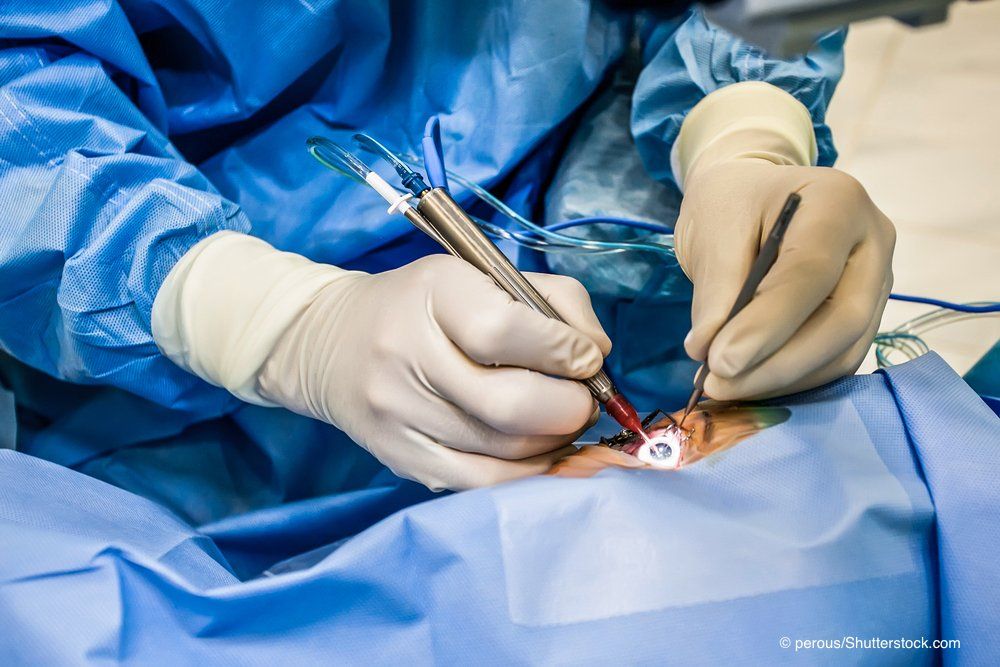Article
Perspectives on MIGS unroofing procedures
Author(s):
As more microinvasive glaucoma surgery (MIGS) procedures become available, surgeons are faced with decisions on adoption of new techniques.

By Cheryl Guttman Krader; Reviewed by Brian A. Francis, MD
As more microinvasive glaucoma surgery (MIGS) procedures become available, surgeons are faced with decisions on adoption of new techniques.
According to Brian A. Francis, MD, MS, learning a Schlemm's canal unroofing procedure is worthwhile. Compared with the stent-based MIGS procedures that also lower IOP by increasing aqueous outflow, the unroofing procedures can be performed on-label as a standalone technique.
Although there are some subtle differences among the unroofing procedures, currently, surgeon preference is the primary factor for deciding which one to adopt, he said.
"Compared with the device procedures, the unroofing MIGS procedures tend to cause more intraoperative and postoperative bleeding because they involve more tissue disruption," said Dr. Francis, Rupert and Gertrude Stieger Chair and professor of ophthalmology, Doheny and Stein Eye Institutes, David Geffen School of Medicine, University of California, Los Angeles. "However, the unroofing procedures also treat a greater area of the canal and avoid having a permanent implant in the eye.
"Another good reason to learn an unroofing procedure is that they give more versatility in patient selection, he said. "Unlike the trabecular bypass stent MIGS procedures, the unroofing procedures are not just approved for use in combination with cataract surgery, and so they can be done as a single surgery in patients who are phakic or pseudophakic. currently surgeon preference is the deciding factor on which one is adopted."
The unroofing procedures include three surgeries involving removal of up to 180° of the trabecular meshwork (trabecular removal, also called goniotomy)-Trabectome (NeoMedix), Kahook Dual Blade (New World Medical), Goniotome (NeoMedix)-and two that tear through the full 360° of the TM-Trab 360 (Sight Sciences) and gonioscopic assisted transluminal trabeculotomy (GATT) (trabeculotomy).
Providing some perspectives on how the unroofing procedures compare with each other based on having personal experience with all five, Dr. Francis explained that the Trabectome uses plasma energy to ablate the trabecular meshwork whereas both the Kahook Dual Blade and Goniotome are mechanical cutting tools.
"With the Kahook Dual Blade and Goniotome, a strip of trabecular meshwork is lifted and cut," Dr. Francis said. "The main difference between these two procedures is that the Goniotome can be done with irrigation and aspiration only via a phacoemulsification machine or manual IA (Goniotome IA) or under ophthalmic viscosurgical device (Goniotome) and the Kahook Dual Blade is done only under ophthalmic viscosurgical device."
Comparing the trabecular removal and trabeculotomy techniques, he noted that while the trabeculotomy procedures treat more of the angle, the trabecular removal techniques can help prevent scarring of the cut ends because they remove the intervening tissue.
More comparisons
Dr. Francis said that in his hands, the Trabectome is the easiest of the five procedures to perform, followed by the Kahook Dual Blade and Goniotome, which are similar in terms of ease. The Trab 360 comes next, and GATT is more difficult because it requires two incisions and involves threading the fiberoptic catheter (iTrack, Ellex) via one of the incisions into the canal.
Comparing the procedures with respect to risk of bleeding, Dr. Francis said the Trabectome is associated with the least amount of bleeding and is followed by the Kahook Dual Blade and Goniotome that are again about equal.
The risk of bleeding is greatest and similar for the two trabeculotomy procedures, he said.
In the absence of head-to-head comparative trials, it is not possible to make any definitive statements about relative efficacy for the unroofing procedures.
On average, they all lower IOP to 15 to 16 mm Hg and reduce daily glaucoma medication burden by one or two medications.
"Perhaps because the trabeculotomy procedures are treating 360° of the angle, they might have an edge in efficacy over the tissue removal procedures," he said.
Brian A. Francis, MD
E: bfrancis@doheny.org
This article was adapted from Dr. Francis' presentation given at the 2018 meeting of the American Glaucoma Society. He is a surgical trainer for NeoMedix.

Study validates long-term efficacy of MicroPulse TLT for glaucoma management




